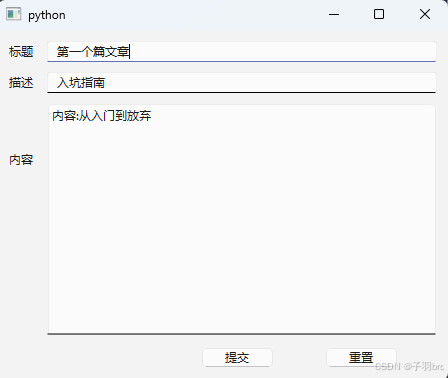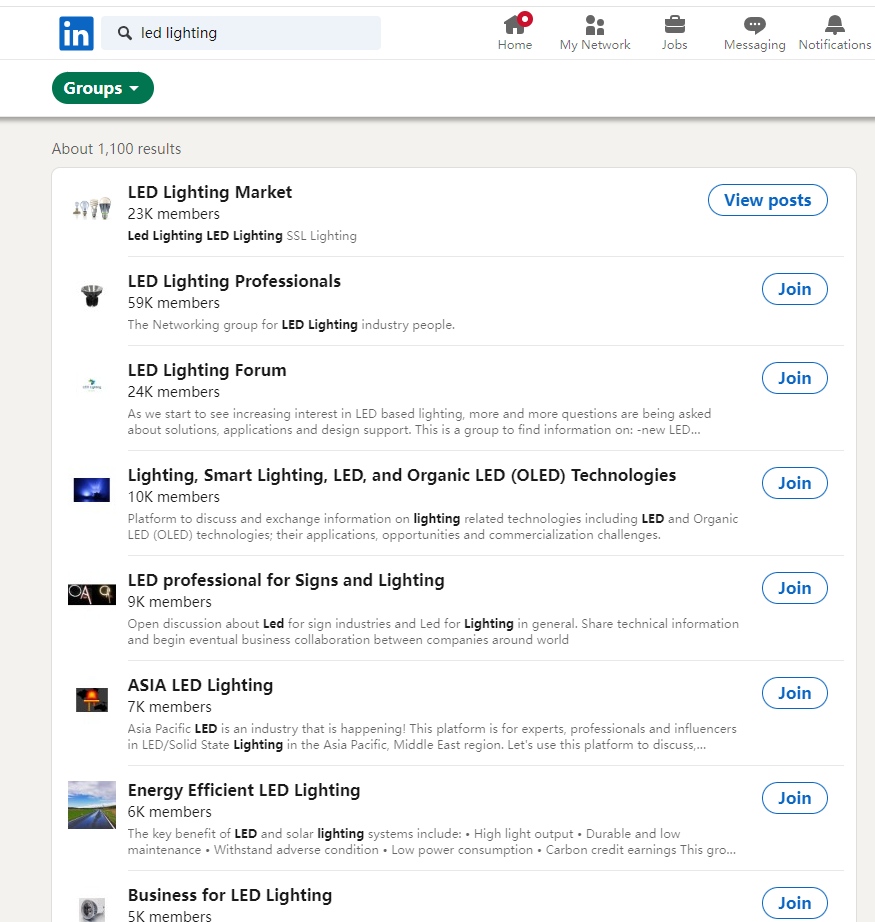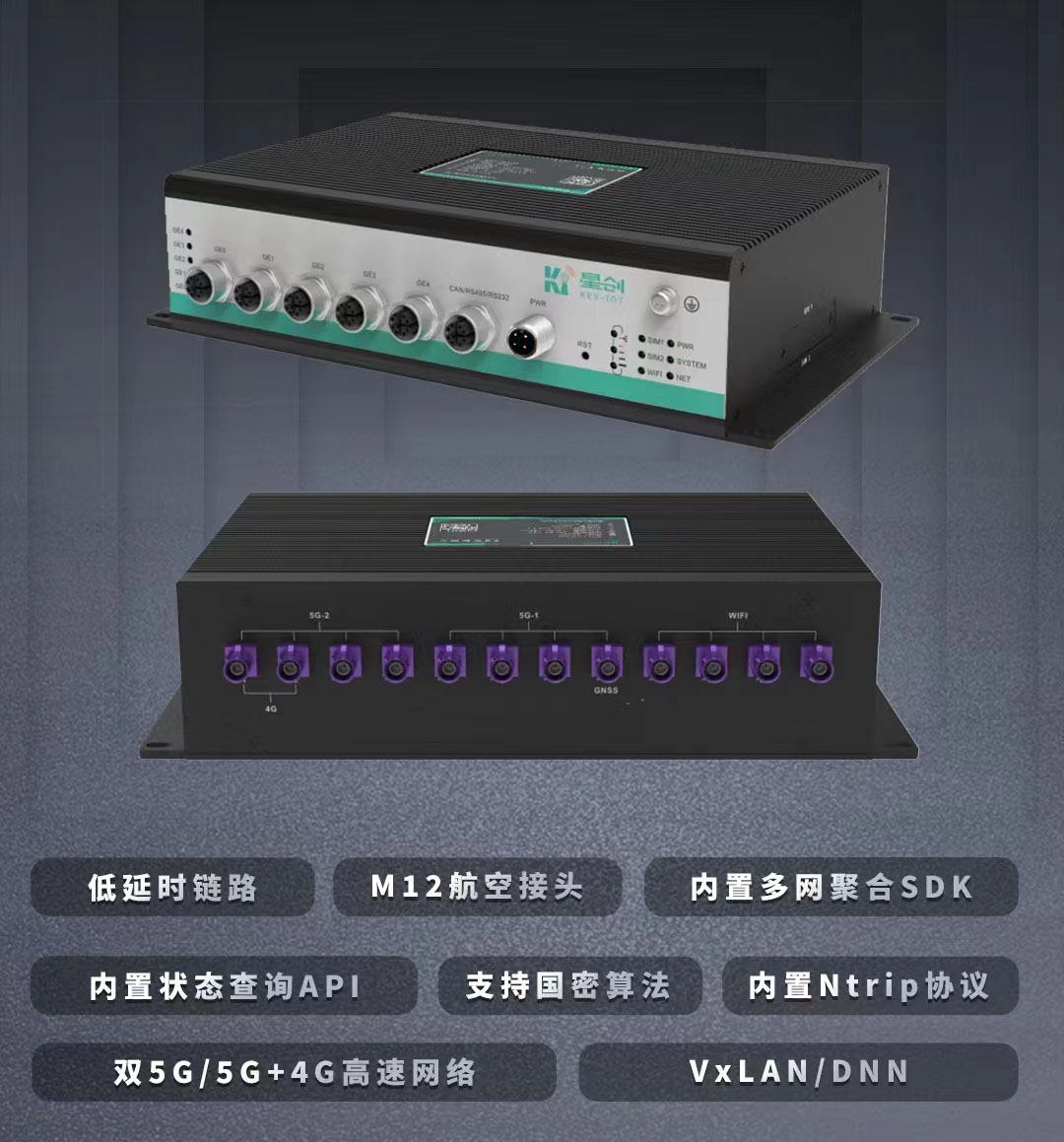简介
近场通信(Near Field Communication,NFC)是一种短距高频的无线电技术,在13.56MHz频率运行,通信距离一般在10厘米距离内。HCE(Host Card Emulation),称为基于主机的卡模拟,表示不依赖安全单元芯片,电子设备上的应用程序模拟NFC卡片和NFC读卡器通信,实现NFC刷卡业务。
场景介绍
应用程序模拟NFC卡片,和NFC读卡器通信完成NFC刷卡业务。从使用场景上,可以分成HCE应用前台刷卡,和HCE应用后台刷卡。
-
HCE应用前台刷卡
前台刷卡是指在触碰NFC读卡器之前,用户先在电子设备上打开特定的应用程序,用户明确想使用所打开的应用程序和NFC读卡器进行刷卡操作。用户打开应用程序在前台,并且进入应用的刷卡页面之后,电子设备触碰NFC读卡器,只会把刷卡交易数据分发给前台应用。
-
HCE应用后台刷卡
后台刷卡是指不打开特定的HCE应用程序,电子设备触碰NFC读卡器后,根据NFC读卡器选择的应用ID(AID)匹配到HCE应用程序,并自动和匹配的HCE应用程序通信完成刷卡交易。如果匹配到多个HCE应用程序时,说明存在冲突,需要用户打开指定的应用才能完成刷卡。
-
HCE应用刷卡的约束条件
1、不管是HCE应用前台还是后台刷卡,能够完成HCE应用程序NFC刷卡的条件是电子设备需要亮屏解锁。
2、module.json5文件中需要声明nfc卡模拟权限,具体见示例。
3、前台应用时需要调用start和stop注册和去注册AID,具体见示例。
接口说明
完成HCE卡模拟功能,可能使用到下面的接口。
| 接口名 | 功能描述 |
|---|---|
| start(elementName: ElementName, aidList: string[]): void | 启动HCE业务功能。包括设置当前应用为前台优先,动态注册AID列表。 |
| stop(elementName: ElementName): void | 停止HCE业务功能。包括取消APDU数据接收的订阅,退出当前应用前台优先,释放动态注册的AID列表。 |
| on(type: ‘hceCmd’, callback: AsyncCallback<number[]>): void | 订阅回调,用于接收对端读卡设备发送的APDU数据。 |
| transmit(response: number[]): Promise | 发送APDU数据到对端读卡设备。 |
开发步骤
HCE应用前台刷卡
- 在module.json5文件中声明NFC卡模拟权限,以及声明HCE特定的action;
- import需要的NFC卡模拟模块和其他相关的模块;
- 判断设备是否支持NFC能力和HCE能力;
- 使能前台HCE应用程序优先处理NFC刷卡功能;
- 订阅HCE APDU数据的接收;
- 完成HCE刷卡APDU数据的接收和发送;
- 退出应用程序NFC刷卡页面时,退出前台优先功能。
"abilities": [
{
"name": "EntryAbility",
"srcEntry": "./ets/entryability/EntryAbility.ts",
"description": "$string:EntryAbility_desc",
"icon": "$media:icon",
"label": "$string:EntryAbility_label",
"startWindowIcon": "$media:icon",
"startWindowBackground": "$color:start_window_background",
"exported": true,
"skills": [
{
"entities": [
"entity.system.home"
],
"actions": [
"action.system.home",
// Add the nfc card emulation action to filter out for this application.
"ohos.nfc.cardemulation.action.HOST_APDU_SERVICE"
]
}
]
}
],
"requestPermissions": [
{
// Add the permission for nfc card emulation.
"name": "ohos.permission.NFC_CARD_EMULATION",
"reason": "$string:app_name",
}
]
import { cardEmulation } from '@kit.ConnectivityKit';
import { BusinessError } from '@kit.BasicServicesKit';
import { hilog } from '@kit.PerformanceAnalysisKit';
import { AsyncCallback } from '@kit.BasicServicesKit';
import { AbilityConstant, UIAbility, Want, bundleManager } from '@kit.AbilityKit';
let hceElementName: bundleManager.ElementName;
let hceService: cardEmulation.HceService;
const hceCommandCb : AsyncCallback<number[]> = (error : BusinessError, hceCommand : number[]) => {
if (!error) {
if (hceCommand == null || hceCommand == undefined) {
hilog.error(0x0000, 'testTag', 'hceCommandCb has invalid hceCommand.');
return;
}
// check the command, then transmit the response.
hilog.info(0x0000, 'testTag', 'hceCommand = %{public}s', JSON.stringify(hceCommand));
let responseData = [0x90, 0x00]; // change the response depend on different received command.
hceService.transmit(responseData).then(() => {
hilog.info(0x0000, 'testTag', 'hceService transmit Promise success.');
}).catch((err: BusinessError) => {
hilog.error(0x0000, 'testTag', 'hceService transmit Promise error = %{public}s', JSON.stringify(err));
});
} else {
hilog.error(0x0000, 'testTag', 'hceCommandCb error %{public}s', JSON.stringify(error));
}
}
export default class EntryAbility extends UIAbility {
onCreate(want: Want, launchParam: AbilityConstant.LaunchParam) {
hilog.info(0x0000, 'testTag', '%{public}s', 'Ability onCreate');
// 判断设备是否支持NFC能力和HCE能力
if (!canIUse("SystemCapability.Communication.NFC.Core")) {
hilog.error(0x0000, 'testTag', 'nfc unavailable.');
return;
}
if (!cardEmulation.hasHceCapability()) {
hilog.error(0x0000, 'testTag', 'hce unavailable.');
return;
}
hceElementName = {
bundleName: want.bundleName ?? '',
abilityName: want.abilityName ?? '',
moduleName: want.moduleName,
}
hceService = new cardEmulation.HceService();
}
onForeground() {
// Ability has brought to foreground
hilog.info(0x0000, 'testTag', '%{public}s', 'Ability onForeground');
if (hceElementName != undefined) {
try {
// 调用接口使能前台HCE应用程序优先处理NFC刷卡功能
let aidList = ["A0000000031010", "A0000000031011"]; // change aid tobe correct.
hceService.start(hceElementName, aidList);
// 订阅HCE APDU数据的接收
hceService.on('hceCmd', hceCommandCb);
} catch (error) {
hilog.error(0x0000, 'testTag', 'hceService.start error = %{public}s', JSON.stringify(error));
}
}
}
onBackground() {
// Ability has back to background
hilog.info(0x0000, 'testTag', '%{public}s', 'Ability onBackground');
// 退出应用程序NFC标签页面时,调用tag模块退出前台优先功能
if (hceElementName != undefined) {
try {
hceService.stop(hceElementName);
} catch (error) {
hilog.error(0x0000, 'testTag', 'hceService.stop error = %{public}s', JSON.stringify(error));
}
}
}
}
HCE应用后台刷卡
- 在module.json5文件中声明NFC卡模拟权限,声明HCE特定的action,声明应用能够处理的AID;
- import需要的NFC卡模拟模块和其他相关的模块;
- 判断设备是否支持NFC能力和HCE能力;
- 订阅HCE APDU数据的接收;
- 完成HCE刷卡APDU数据的接收和发送;
- 退出应用程序时,退出订阅功能。
"abilities": [
{
"name": "EntryAbility",
"srcEntry": "./ets/entryability/EntryAbility.ts",
"description": "$string:EntryAbility_desc",
"icon": "$media:icon",
"label": "$string:EntryAbility_label",
"startWindowIcon": "$media:icon",
"startWindowBackground": "$color:start_window_background",
"exported": true,
"skills": [
{
"entities": [
"entity.system.home"
],
"actions": [
"action.system.home",
// Add the nfc card emulation action to filter out for this application.
"ohos.nfc.cardemulation.action.HOST_APDU_SERVICE"
]
}
],
"metadata": [
{
"name": "payment-aid",
"value": "A0000000031010" // change it tobe correct
},
{
"name": "other-aid",
"value": "A0000000031011" // change it tobe correct
}
]
}
],
"requestPermissions": [
{
// Add the permission for nfc card emulation.
"name": "ohos.permission.NFC_CARD_EMULATION",
"reason": "$string:app_name",
}
]
import { cardEmulation } from '@kit.ConnectivityKit';
import { BusinessError } from '@kit.BasicServicesKit';
import { hilog } from '@kit.PerformanceAnalysisKit';
import { AsyncCallback } from '@kit.BasicServicesKit';
import { AbilityConstant, UIAbility, Want, bundleManager } from '@kit.AbilityKit';
let hceElementName : bundleManager.ElementName;
let hceService: cardEmulation.HceService;
const hceCommandCb : AsyncCallback<number[]> = (error : BusinessError, hceCommand : number[]) => {
if (!error) {
if (hceCommand == null || hceCommand == undefined) {
hilog.error(0x0000, 'testTag', 'hceCommandCb has invalid hceCommand.');
return;
}
// check the command, then transmit the response.
hilog.info(0x0000, 'testTag', 'hceCommand = %{public}s', JSON.stringify(hceCommand));
let responseData = [0x90, 0x00]; // change the response depend on different received command.
hceService.transmit(responseData).then(() => {
hilog.info(0x0000, 'testTag', 'hceService transmit Promise success.');
}).catch((err: BusinessError) => {
hilog.error(0x0000, 'testTag', 'hceService transmit Promise error = %{public}s', JSON.stringify(err));
});
} else {
hilog.error(0x0000, 'testTag', 'hceCommandCb error %{public}s', JSON.stringify(error));
}
}
export default class EntryAbility extends UIAbility {
onCreate(want: Want, launchParam: AbilityConstant.LaunchParam) {
hilog.info(0x0000, 'testTag', '%{public}s', 'Ability onCreate');
// 判断设备是否支持NFC能力和HCE能力
if (!canIUse("SystemCapability.Communication.NFC.Core")) {
hilog.error(0x0000, 'testTag', 'nfc unavailable.');
return;
}
if (!cardEmulation.hasHceCapability()) {
hilog.error(0x0000, 'testTag', 'hce unavailable.');
return;
}
hceElementName = {
bundleName: want.bundleName ?? '',
abilityName: want.abilityName ?? '',
moduleName: want.moduleName,
}
hceService = new cardEmulation.HceService();
hceService.on('hceCmd', hceCommandCb);
}
onForeground() {
// Ability has brought to foreground
hilog.info(0x0000, 'testTag', '%{public}s', 'Ability onForeground');
}
onDestroy() {
// Ability has back to destroy
hilog.info(0x0000, 'testTag', '%{public}s', 'Ability onDestroy');
// 退出应用程序NFC标签页面时,调用tag模块退出前台优先功能
if (hceElementName != undefined) {
try {
hceService.stop(hceElementName);
} catch (error) {
hilog.error(0x0000, 'testTag', 'hceService.stop error = %{public}s', JSON.stringify(error));
}
}
}
}
最后呢
很多开发朋友不知道需要学习那些鸿蒙技术?鸿蒙开发岗位需要掌握那些核心技术点?为此鸿蒙的开发学习必须要系统性的进行。
而网上有关鸿蒙的开发资料非常的少,假如你想学好鸿蒙的应用开发与系统底层开发。你可以参考这份资料,少走很多弯路,节省没必要的麻烦。由两位前阿里高级研发工程师联合打造的《鸿蒙NEXT星河版OpenHarmony开发文档》里面内容包含了(ArkTS、ArkUI开发组件、Stage模型、多端部署、分布式应用开发、音频、视频、WebGL、OpenHarmony多媒体技术、Napi组件、OpenHarmony内核、Harmony南向开发、鸿蒙项目实战等等)鸿蒙(Harmony NEXT)技术知识点
如果你是一名Android、Java、前端等等开发人员,想要转入鸿蒙方向发展。可以直接领取这份资料辅助你的学习。下面是鸿蒙开发的学习路线图。

针对鸿蒙成长路线打造的鸿蒙学习文档。话不多说,我们直接看详细鸿蒙(OpenHarmony )手册(共计1236页)与鸿蒙(OpenHarmony )开发入门视频,帮助大家在技术的道路上更进一步。
- 《鸿蒙 (OpenHarmony)开发学习视频》
- 《鸿蒙生态应用开发V2.0白皮书》
- 《鸿蒙 (OpenHarmony)开发基础到实战手册》
- OpenHarmony北向、南向开发环境搭建
- 《鸿蒙开发基础》
- 《鸿蒙开发进阶》
- 《鸿蒙开发实战》

总结
鸿蒙—作为国家主力推送的国产操作系统。部分的高校已经取消了安卓课程,从而开设鸿蒙课程;企业纷纷跟进启动了鸿蒙研发。
并且鸿蒙是完全具备无与伦比的机遇和潜力的;预计到年底将有 5,000 款的应用完成原生鸿蒙开发,未来将会支持 50 万款的应用。那么这么多的应用需要开发,也就意味着需要有更多的鸿蒙人才。鸿蒙开发工程师也将会迎来爆发式的增长,学习鸿蒙势在必行! 自↓↓↓拿




















